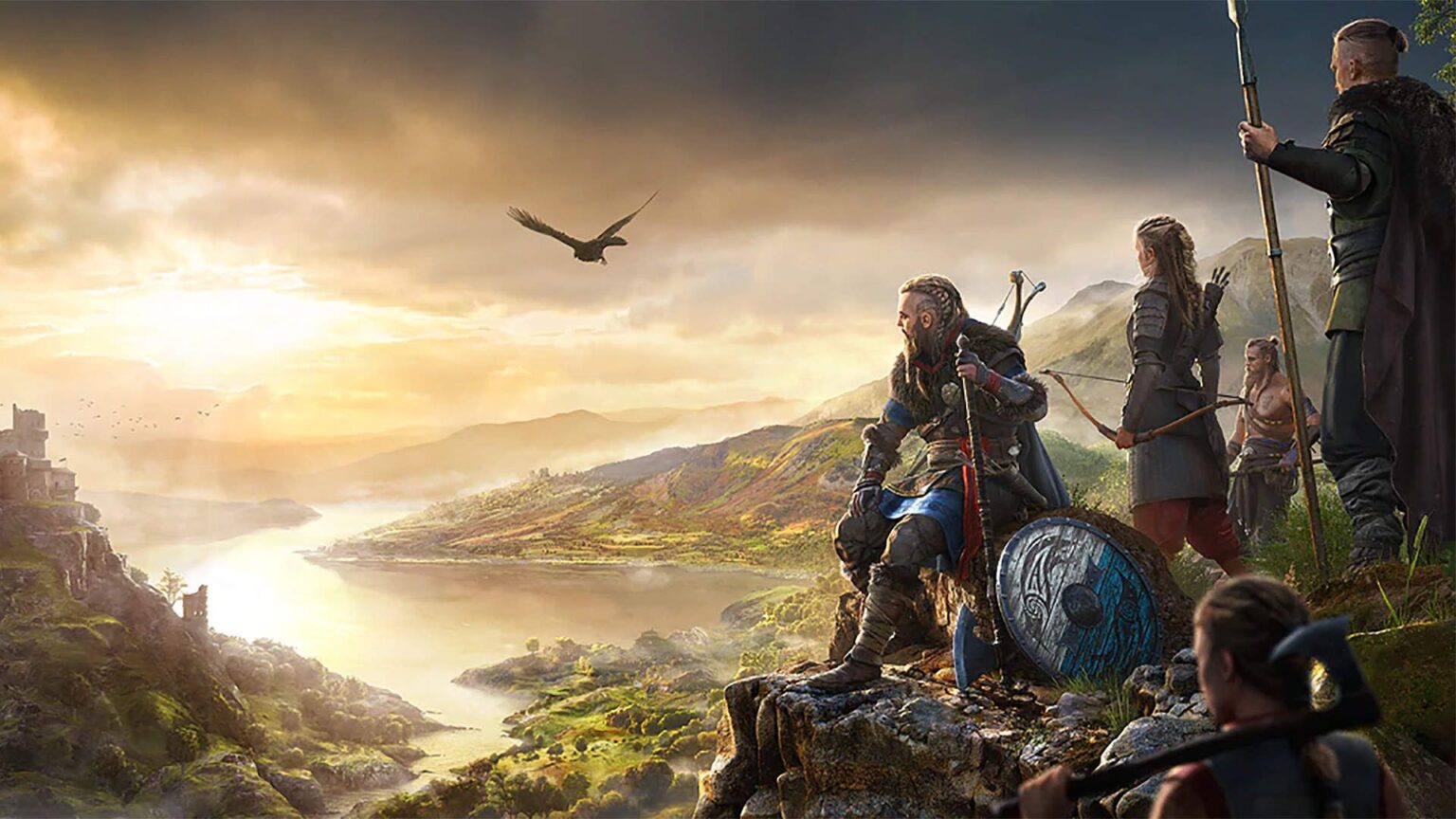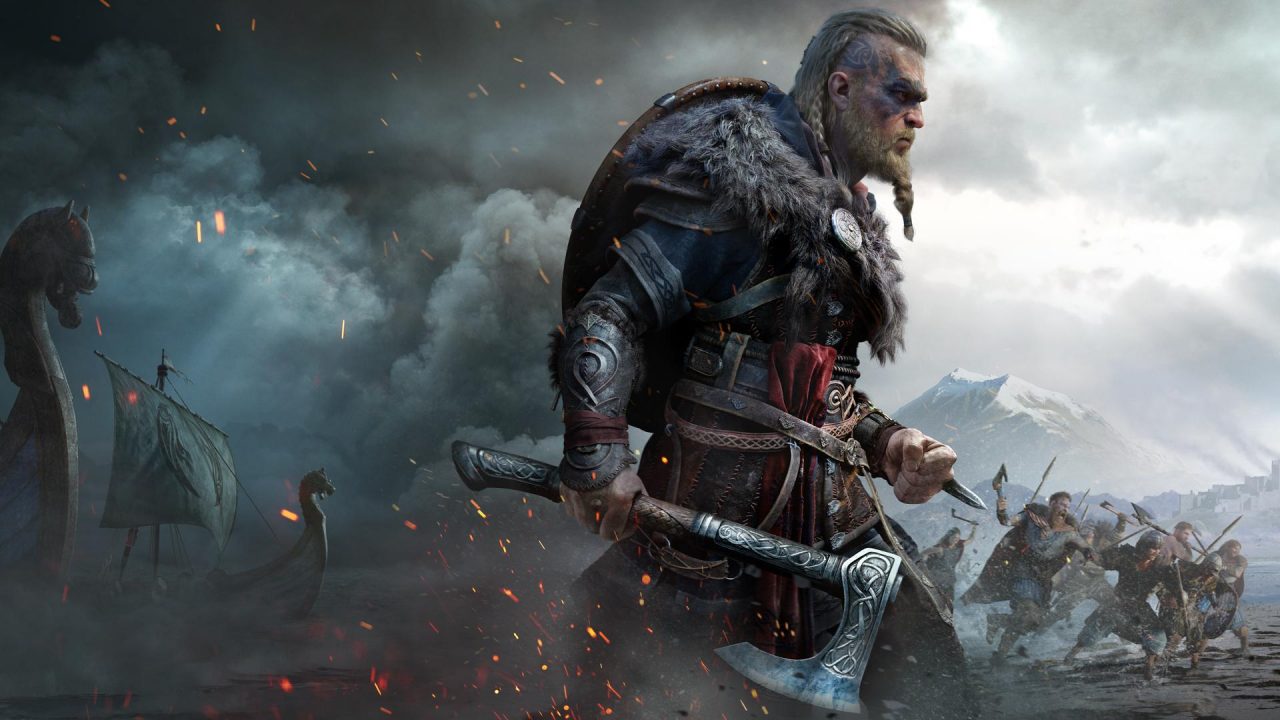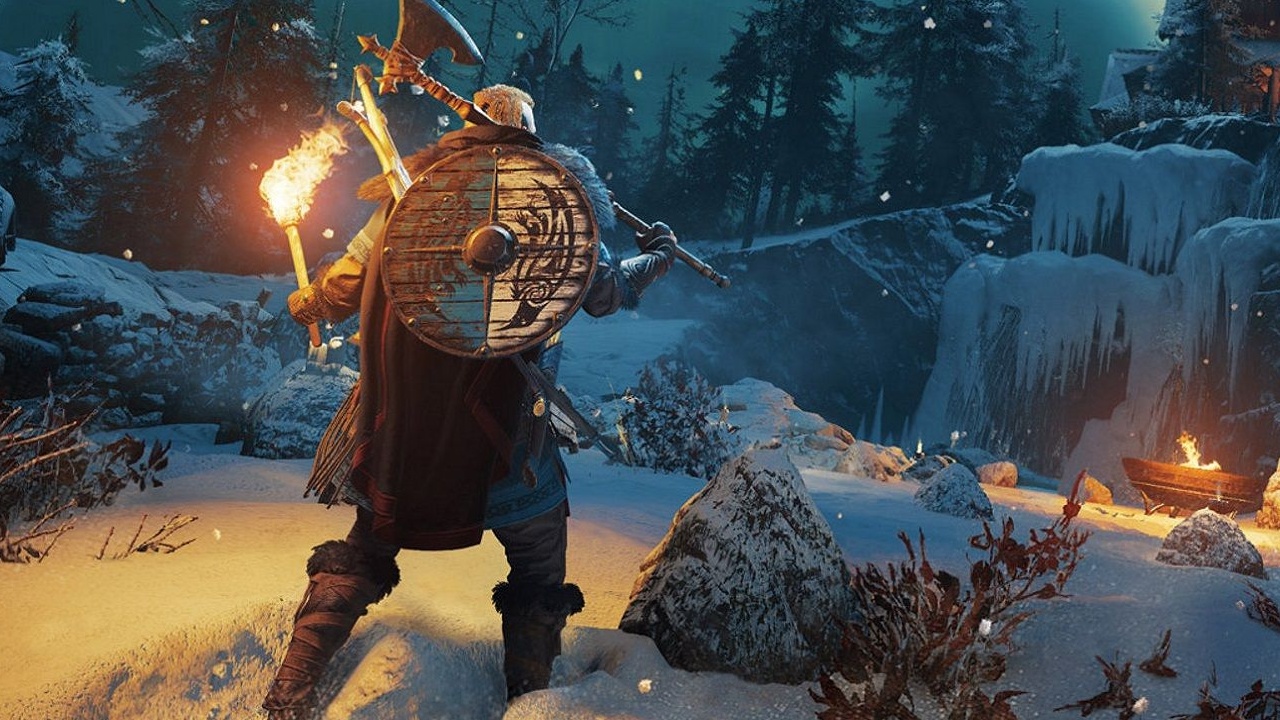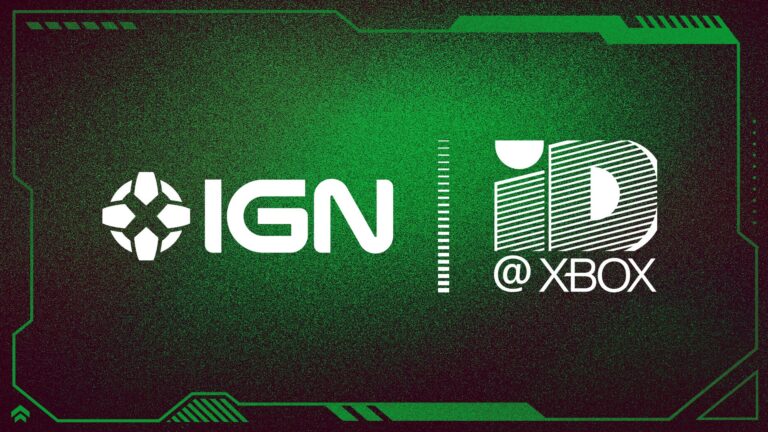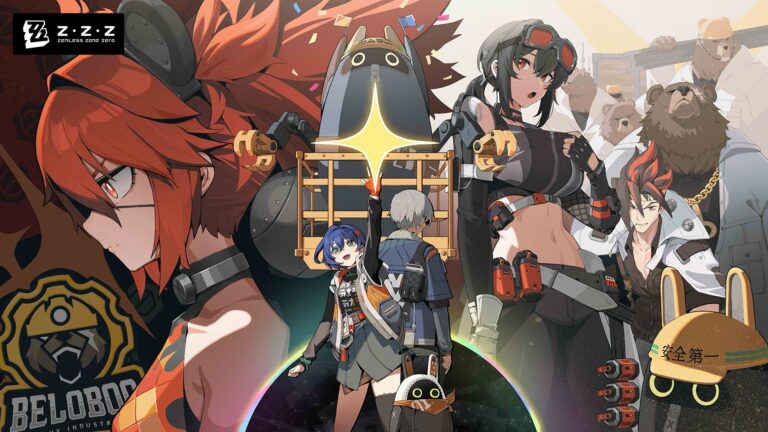Slight spoilers for Assassin’s Creed Valhalla near the article’s end
Optional chests, collectibles, and enemy encampments are boring objectives that rarely feel rewarding. Assassin’s Creed has struggled and experimented with such side content since its inception, but its efforts were often futile. Instead of creating fun and organic gameplay that compliments the main quest, Assassin’s Creed games are often bloated, padded, and tiresome.
After 13 years of experimentation, however, Assassin’s Creed has finally found a formula that works. Valhalla, the franchise’s latest entry, builds upon the lessons learned from Origins and Odyssey to establish gripping and compelling side content.
The History of Assassin’s Creed Open World
The first Assassin’s Creed introduced the gaming world to hay bales, hidden blades, and viewpoint towers. At the time, it boasted a relatively revolutionary concept that initiated one of Ubisoft’s premier franchises. Though the original game was unique in some aspects of conception, the ways in which it implemented certain ideas were rather boring. Most damning of all, the open world was quite bare, functioning mostly as a glorified backdrop for the nine main assassinations.
Assassin’s Creed II brought an open world more reminiscent of current games, featuring several compact cities like Florence, Venice, and Forli. Despite obvious effort, though, the side content failed to live up to the vibrant and distinct locales. Beat Up events were far too easy and proved useless for progression, assassination missions were too plentiful, and the collectible feathers were excruciating to put it mildly. Side missions may have proved useless for the most part, but Assassin’s Creed II showed a rare sense of restraint.
Assassin’s Creed: Brotherhood, on the other hand, had so much content that the map was smothered in icons. Besides the impressive and successfully cinematic Liars of Romulus segments, the abundance of side missions grew repetitive and overwhelming enough to drive players away. Of course, it was possible to skip this content, but the design skewed heavily towards completionists who find themselves obsessing over incomplete checklists.
Brotherhood set the foundation for Assassin’s Creed’s open world design going forward. There was experimentation throughout like the misguided tower defense portions of Revelations, but it always felt like annoying busywork. Then we entered into the latest era of Assassin’s Creed – the Age of the RPG.
Origins and Odyssey took inspiration from The Witcher 3: Wild Hunt when it came to focusing on player progression, statistics, armor, and massive sandbox settings. Among other things, this meant more repetitive side content would be scattered across vast areas.
The worst part was, engaging with this busywork was a requirement. Since Assassin’s Creed is based on character level, players had to grind in given level-appropriate zones to progress.
Adding to the potential fatigue, the side content was marked on the map with an astonishing amount of question marks. Most of these map markers brought with them a similar bandit camp experience each and every time. Only so many bandit camps can be cleared out before a player feels like they’re going through the motions.
There were also countless treasure chests to collect, but these were easy to unlock and collecting them lacked a satisfying sense of substance. On top of this, the huge maps contribute to the games both overstaying their welcome and feeling somewhat hollow. It just grew so tiresome to sail across still waters and constantly run across lonely grasslands, just in the hopes of finding anything remotely interesting.
Then Assassin’s Creed: Valhalla entered the fray. While it does have issues with higher-level challenges popping up in low-level areas, it nonetheless manages to fix several common problems plaguing the franchise. Suffice to say, Valhalla has the best Assassin’s Creed open world to date.
Valhalla’s Structure
Valhalla follows the Raven Clan Vikings as they enter England in search of new lands and glory. Eivor and their brother Sigurd must forge relationships with the kings of the surrounding regions. As the game progresses, Eivor pledges to ally with a region and complete a series of quests within the confines of said region.
In essence, this means story missions are completed within specific sections of the map, which are unlocked bit by bit to ensure the side content is manageable. This is a clear departure from the days of Odyssey’s quest lines taking the player across a vast map. There, dozens of question marks would appear along the way, amplifying the bloated and overwhelming nature of the game. Seeing objectives in Valhalla gradually introduced sets a more manageable pace hardly seen in Assassin’s Creed games.
Valhalla also encourages a certain rhythm for objective completion. Every story mission is intriguing due to an array of fun characters and fascinating storylines, helping drive players to complete each region’s arc before going off to explore. Side content is cleared out along the main campaign’s path and was designed to be short enough to feel like a fun distraction instead of a bothersome challenge. There has never been such a fine balance between primary and secondary content in an Assassin’s Creed game.
A key factor in why this approach to content works is that it is set up on a smaller, more compact map than usual. Not to say Valhalla is small by any means – the game can take 100 hours to complete – but the map is far less intimidating in scope than Odyssey or Origins. The former had islands separated by large stretches of sea while the latter featured miles upon miles of desert. Instead of vast tracts of empty space, Valhalla has more to explore and less in the way of travel time.
Diverse and Meaningful Content
Valhalla’s side content is not categorized as quests. In fact, quest markers don’t even appear on the hud. Only the main missions show up on the quest list while everything else is organically shown through the gameplay and on the map. This makes discovery seem more natural instead of running down a list of chores.
So it was with past Assassin’s Creed side quests. A great many tended to fixate upon camps and strongholds, whether it be robbing them of vital goods or targeting a specific leader for assassination.
Conversely, each of Valhalla’s side quests – typically marked with a blue dot – are a distinctive experience that could range from the maudlin to the sincerely goofy. One quest has a Christian man bragging about his anger management abilities, prompting Eivor to burn the man’s house down and thus escalate the situation into a full-on impromptu boss fight. A sillier encounter involves a man’s complaints about an itch; in actuality, he has an ax protruding from the forehead. Another quest sees Eivor effectively playing therapist to a man forbidden by Viking oath from mourning his family.
We could continue with these examples, but the point has been made: they’re varied and fascinating in their own ways. Of course, the blue dots don’t lead to just side quests.
In Valhalla, players can never be sure just what to expect from a blue dot flashing on the map. Sometimes Eivor will be directed to take some mushrooms and solve a trippy puzzle. Other times, they are introduced to a tough boss fight or tasked with building a cairn.
Some of the best side activities are platforming challenges through an animus glitch, wherein the current day protagonist must climb holographic boxes inside the animus’ simulation. The rewards for these are brief video clips that trigger a greater insight into Assassin’s Creed lore.
Speaking of rewards, all these side activities greatly accelerate the player’s power level. Assassin’s Creed Valhalla has a great skill tree and leveling system, which further encourages side content completion.
Players can also find yellow and white dots on the map, which leads them to wealth and artifacts. In many of the other games, this would be tied up in a boring feather collection or something similarly tedious. Fortunately, the collectibles in Valhalla are fun to find.
For one, wealth contributes to Eivor’s weapons, armor, and the Raven Clan’s settlement upgrades. Additionally, the game’s chests and artifacts are normally hidden behind environmental puzzles, such as locating secret entrances or getting rid of rubble. While these don’t tend to be complicated, they require just enough wit to be fairly engaging.
An Asgardian Excursion
At a certain point, players can travel to Asgard and play as Odin, in the process introducing a new map and new quests to follow. The Asgardian map is especially notable for just how different it is from anything else in Valhalla, featuring such highlights as a rainbow bridge leading into the realm and a giant golden castle. To be frank, it’s something we’d never have expected from the base game.
While in Asgard, the player interacts with gods like Thor, Loki, Tyr, and Freya. They can also fight new enemies, acquire new wealth items, and unlock new side quests. To top it off, the player can enter Asgard at any time and briefly escape from Valhalla’s world. There just doesn’t appear to be a downside to Asgard’s inclusion here, however one looks at it.
Overall, Valhalla is one of the better Assassin’s Creed entries, due in large part to Ubisoft Montreal’s handling of the open world. Odyssey and Origins diverged too much from classic Assassin’s Creed and felt too overstuffed for enjoyment. Valhalla learns from those mistakes and thrives by accomplishing a difficult feat: balancing abundant content with manageable delivery and quality gameplay. Thanks to Ubisoft’s efforts, Valhalla comes across as a new standard for not only Assassin’s Creed, but open-world design in general.
No related posts.



